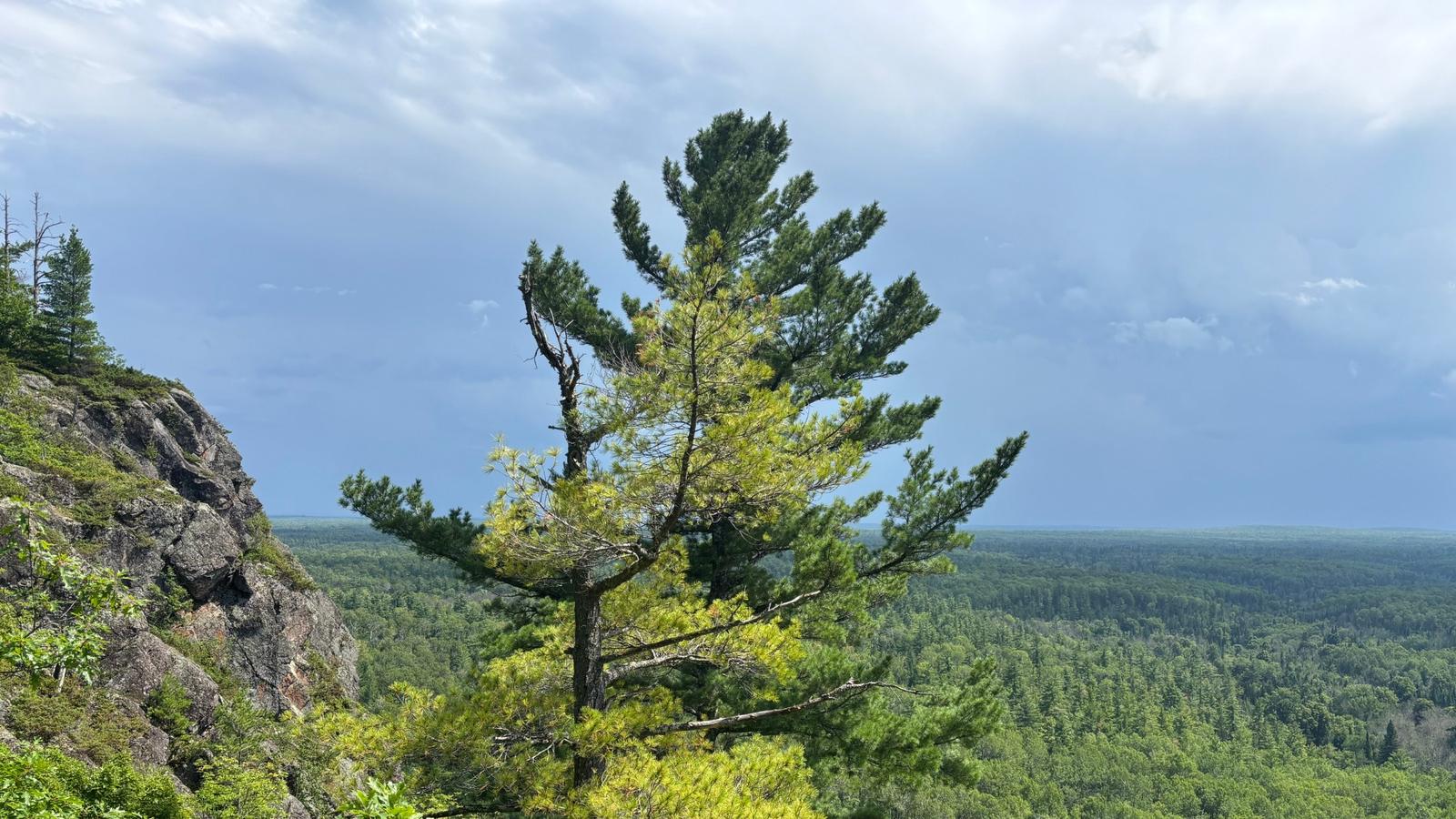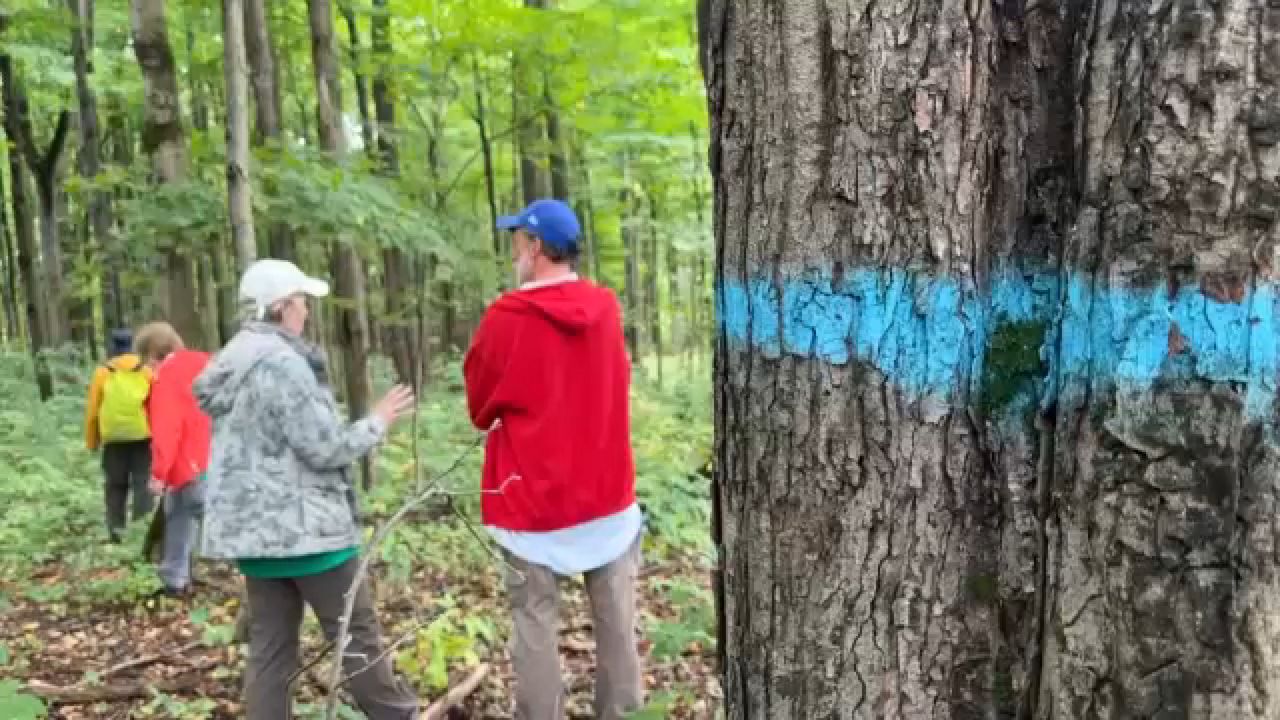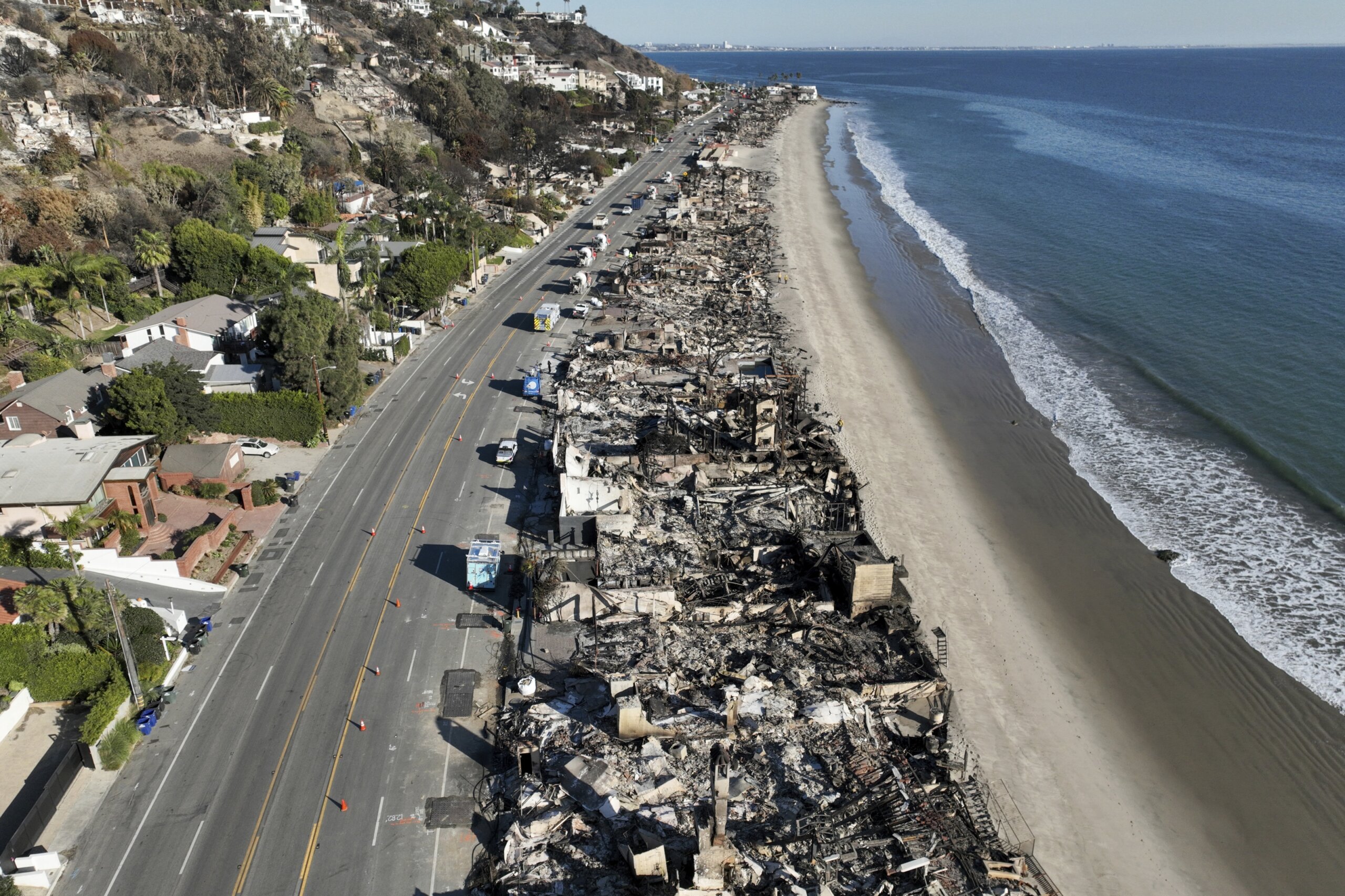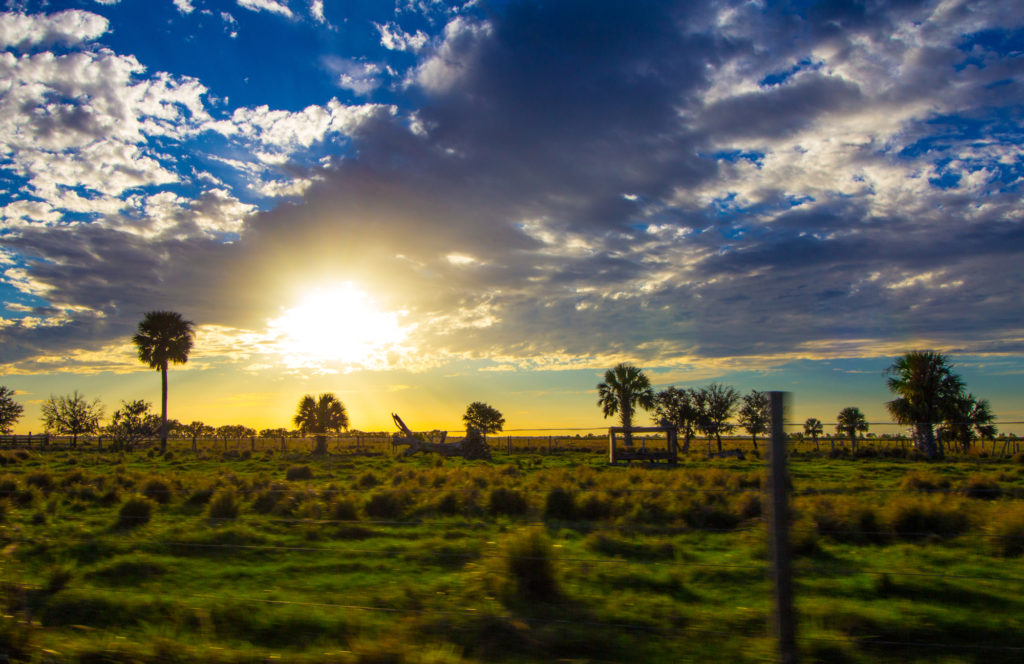Wild Forests Under Siege: Urgent Call for Senate Action

In a controversial move that could dramatically reshape America's wilderness landscapes, the U.S. Forest Service has proposed lifting long-standing protections on 45 million acres of pristine national forests. The agency plans to rescind the Roadless Rule, a critical environmental policy that has safeguarded these untouched wilderness areas from road construction and extensive development for over two decades.
This potential policy reversal could open up vast tracts of unspoiled forest to logging, mining, and infrastructure projects, sparking intense debate among conservationists, industry representatives, and local communities. The Roadless Rule, originally implemented to preserve the ecological integrity of America's remaining wild forests, has been a cornerstone of environmental protection since its inception.
Supporters of the plan argue that rescinding the rule will create economic opportunities and improve forest management, while environmental groups warn of potentially devastating consequences for wildlife habitats, biodiversity, and the overall health of these critical ecosystems. The proposal represents a significant shift in federal land management policy and could have far-reaching implications for the future of America's natural landscapes.
As the Forest Service moves forward with its controversial plan, stakeholders from various sectors are preparing to voice their perspectives and potentially challenge the proposed changes through legal and political channels.








